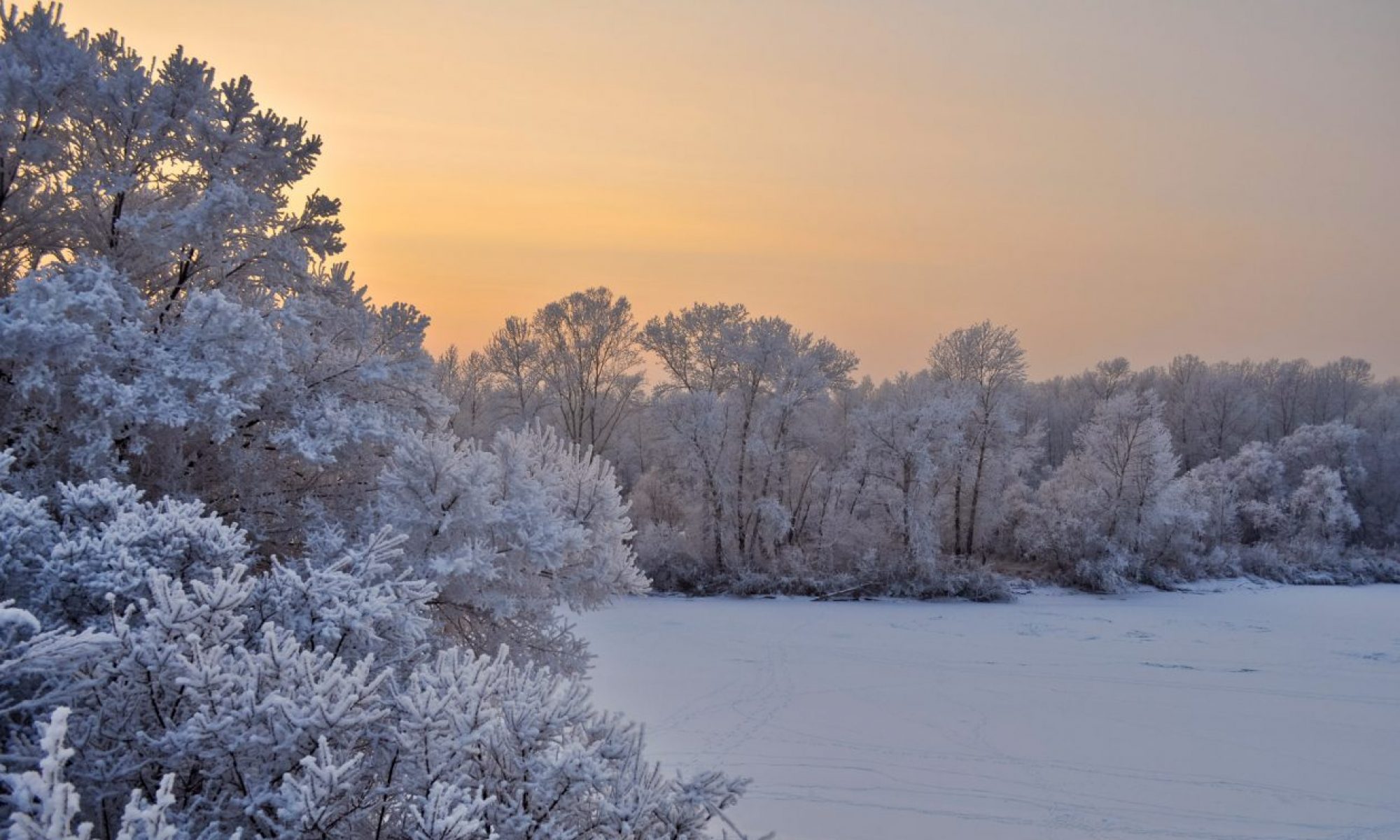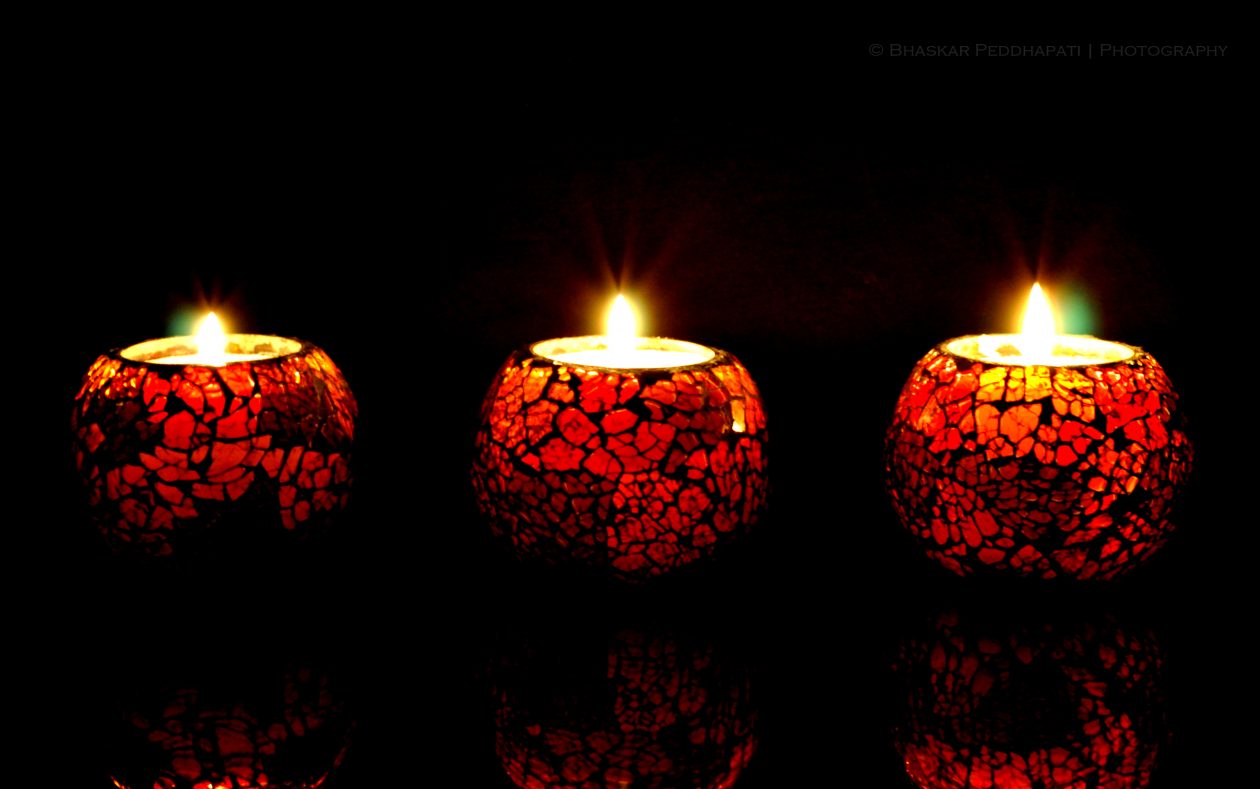This week we were looking at music and visual arts again. This weeks music lesson was another fun input, where we were looking at rhythm and pulse. We started off by tapping out the beat of a short piece of music using drum sticks. Then we moved on to syllable notes where there are pictures of a square and a circle in a pattern on the screen, each shape represents a different number of beats. This is determined by the number of syllables in the shapes name; square has one syllable so it is worth one note (crotchet) and circle has two syllables so each syllable is worth one half beat (quaver) which equals one beat in the bar. Once we had worked on those simple visual rhythms we moved onto more complex pieces. The next activity was where we moved onto more complicated pieces where the drumming notes were showed as actual notes; crotchets and quavers. We practiced and performed these ceilidh tunes, at first it was quite tricky as some people who were struggling were confusing me but eventually we all got it and it was really good fun. After we had done a few ceilidh tunes with the drum sticks we moved onto rhythm on either a glockenspiel or xylophone. We worked on learning the first 5 notes of the chromatic scale (C-D-E-F-G) and for each note we learned there was a short tune that went with it. Once we had got the hang of it we moved onto harmonizing short tunes like hot cross buns and grand old duke of York. The final pieces we played were much longer and more complicated, one of the pieces included jingle bells, which played in a different key and a faster pace than we had previously. Some people seemed to get lost but most of them picked it up again.
I really enjoyed today’s class and I would definitely use the presentation in a class of my own as it has everything you could need on it including follow-along play-along pieces which are great. Another great point about the PowerPoint is that it should last four terms so you wouldn’t have to worry about trying to fill space in you yearly plan.
Visual art’s today was not really an art lesson at all, but more of a discussion about what kinds of integrated arts we have seen on our serial days so far. We also talked about seasonal art and how winter themed art is different to Christmas themed art. Usually in schools there is just a focus on Christmas themed art activities as people sometimes forget that winter is not all about the season of good tidings. As we went round the room and discussed what forms of integrated arts we had seen so far there were a few ideas that I thought would be good to do in a classroom. We were also told that templates are creations killer. By giving the children a template you are taking away the opportunity for them to express themselves fully and you may miss out on some fantastic work when you push for uniformity. We are not templates and copies so why should the children be!
- Drawing your feelings
This is where the children are played a Christmas song or a scene from a Christmas movies without any visual. They they are to create a picture on how the audio made them feel or what they think the scene is like as the audio progresses.
- Scratch Art
This was used in a Ancient Rome topic where the children were shown a few examples of what vases would have looked like back then. They were to draw a vase of their own and then colour it in with crayons, then they were to paint over the crayon. Once the paint had dried the children were to scratch off layers of paint to create a design on their vase.
- The Seasons
Throughout the term the class learn about the four seasons and at each key stage the children produce a piece of art work that represents what that season means to them. They would do this by using various techniques and resources of their choice. Then at the end of the year all the children’s work is put into one big collage for each season, thus showing each child’s interpretation of each season.
- Northern Lights
The children either research or are told about the different myths surrounding The Aurora Borealis. Then they can use various materials and techniques to create their interpretation of one of the myths or of their interpretation of the Northern Lights. My suggestions would be that the children use chalk, paint or pastels so they can create the blend nicely together like the real event. Or another way that they could do it is as a collage or mosaic which would be a contrast to the Northern Lights as they are smooth and soft whereas a collage or a mosaic would be sharp and with lots of hard edges.
- Diwali
The children learn all about the festival of light and as an activity they can colour sand or use powdered paint to create their own Rangoli patterns on the playground. They could also make lanterns that they could try and release, that would be a cross-curricular with science and technology. They could plan their Rangoli designs on paper before hand or they could do it all free hand at the time.
Other things that we learnt today is that we should use the resources available to us, for example use autumn leaves for collages or summer/spring flowers for flower pressings. Another great one to do would be that if we were lucky enough to have a heavy snow fall, the children should go out and create something with the snow; a snowman/woman or an animal or even just a structure. Even just playing out in the fresh air with a resource they rarely or may never have seen would be so beneficial to them, and the learning of that exercise; they are learning to be children!


